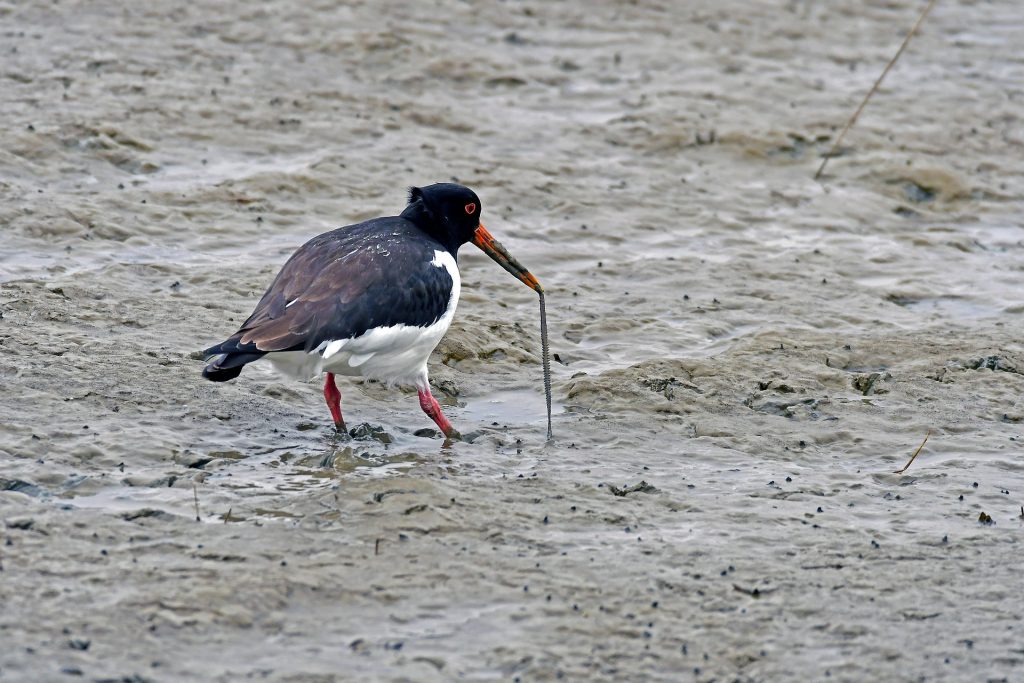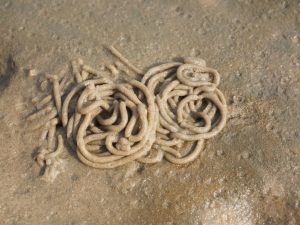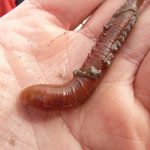- 01843 834160
- [email protected]
- Mon - Fri: 9:00 - 17:00
The Lug Life Chose Whitstable

The film adaptation of Frank Herbert’s science fiction epic Dune hit cinemas in 2021. Fans of the series waited with bated breath for the appearance of the fantastic gigantic sandworms who live in the deserts of the planet Arrakis, and the filmmakers did not disappoint. However, you might be surprised to learn that, when it comes to worm content, Whitstable holds a trump card that has Arrakis left behind in the dust.
If you’ve walked along any Whitstable beach, you’ll probably have noticed the lug life in forms of strange small mounds in the sand. They might look a little like a certain brown emoji, but they’re actually an indicator of the amazing and futuristic lugworm.
Lugworms live in U-shaped burrows in the sand, which they create by swallowing sand and then excreting it. This “cast” is the wiggly pile of sand that we see when walking along the beach.
Although they might not be the most attractive creature, lugworms still play a vital part in our eco-system. They feed on tiny animals they find in the sand and will also eat any dead matter that comes their way; in turn they are a food source for birds like oystercatchers and curlews, and they are also a very popular bait used by fishermen, particularly in winter when fishing for cod and flatfish.
In the Victorian era, Whitstable was famed as a key source of lugworms, and the bait-diggers of Whitstable would supply fishermen going as far afield as Iceland with their prime Whitstable worms. In Julie Wassmer’s Whitstable Pearl books, one of the characters is shown digging for lugworms to sell as bait, showing that even in the modern day Whitstable’s lugworm laurels are still very much in place.
Lugworms have also been used for other more scientific purposes. Lugworms use gills to breathe while underwater, like fish, but in their sandy burrows they can be out of the water for hours at a time. Upon investigation, scientists discovered that the secret was in the lugworms’ blood. Like humans, lugworms carry haemoglobin proteins in their blood, which hold oxygen molecules. In humans, one haemoglobin protein holds four oxygen molecules; lugworm haemoglobin proteins carry 156 oxygen molecules.
Lugworm blood is so rich in oxygen that the lugworm can survive out of the water for hours on end, and this could have potentially life-changing application for humans. Cancer patients, people recovering from strokes and accidents, transplant patients could all reap the benefits of lugworm blood. A French company, Hemarina, has developed technology based on the properties of lugworm blood, and in 2018 their expertise was used in the case of Jérôme Hamon, the first person to undergo a second full face transplant operation.
You are able to keep up to date with our articles, news and publications by following us on our social media channels below:















